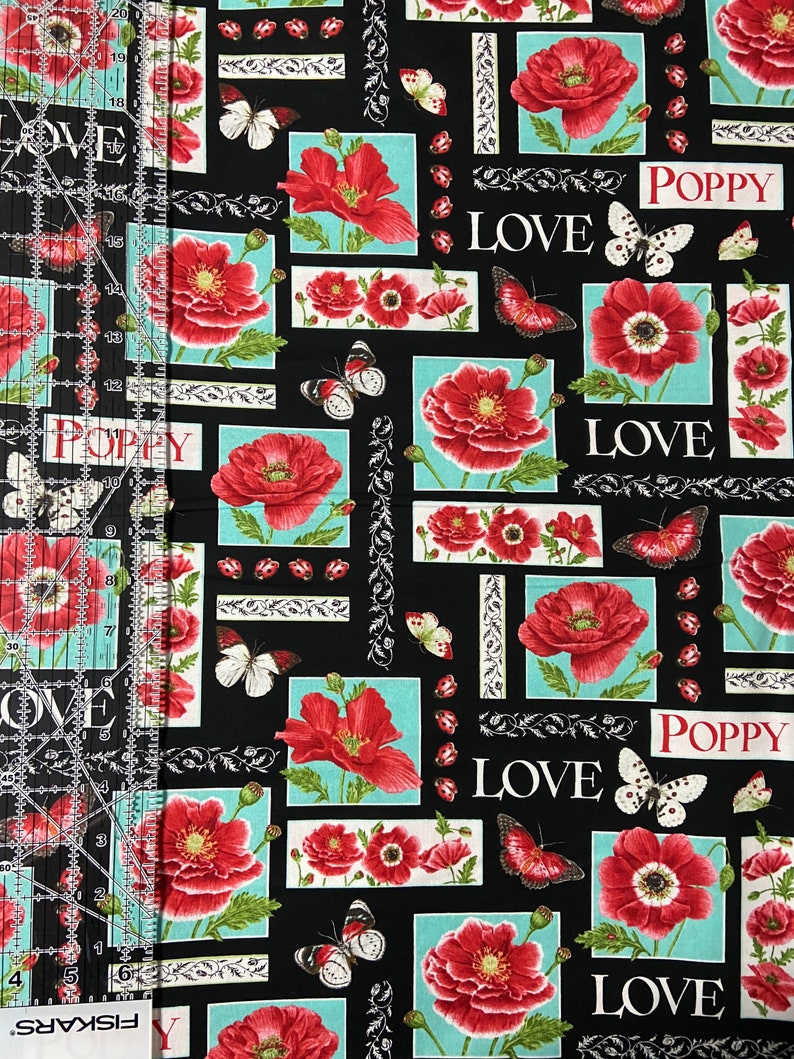
Other nations soon followed suit in adopting the poppy as their official symbol of remembrance. READ MORE: The Last Official Death of WWI Was a Man Who Sought Redemption The following year, Major George Howson set up the Poppy Factory in Richmond, England, in which disabled servicemen were employed to make the fabric and paper blooms. Within a year, Guérin brought her campaign to England, where in November 1921 the newly founded (Royal) British Legion held its first-ever “Poppy Appeal,” which sold millions of the silk flowers and raised over £106,000 (a hefty sum at the time) to go towards finding employment and housing for Great War veterans. After the war ended, she returned to the university town of Athens, and came up with the idea of making and selling red silk poppies to raise money to support returning veterans. Inspired by McCrae’s verses, Michael wrote her own poem in response, which she called “We Shall Keep Faith.”Īs a sign of this faith, and a remembrance of the sacrifices of Flanders Field, Michael vowed to always wear a red poppy she found an initial batch of fabric blooms for herself and her colleagues at a department store.

A professor at the University of Georgia at the time the war broke out, Michael had taken a leave of absence to volunteer at the New York headquarters of the Young Women’s Christian Association (YWCA), which trained and sponsored workers overseas. READ MORE: How World War I Changed LiteratureĪcross the Atlantic, a woman named Moina Michael read “In Flanders Field” in the pages of Ladies’ Home Journal that November, just two days before the armistice. Its fame had spread far and wide by the time McCrae himself died, from pneumonia and meningitis, in January 1918. Published in Punch magazine in late 1915, the poem would be used at countless memorial ceremonies, and became one of the most famous works of art to emerge from the Great War. Struck by the sight of bright red blooms on broken ground, McCrae wrote a poem, “In Flanders Field,” in which he channeled the voice of the fallen soldiers buried under those hardy poppies. As Chris McNab, author of “The Book of the Poppy,” wrote in an excerpt published in the Independent, the brilliantly colored flower is actually classified as a weed, which makes sense given its tenacious nature. But in the warm early spring of 1915, bright red flowers began peeking through the battle-scarred land: Papaver rhoeas, known variously as the Flanders poppy, corn poppy, red poppy and corn rose.

From the devastated landscape of the battlefields, the red poppy would grow and, thanks to a famous poem, become a powerful symbol of remembrance.Īcross northern France and Flanders (northern Belgium), the brutal clashes between Allied and Central Powers soldiers tore up fields and forests, tearing up trees and plants and wreaking havoc on the soil beneath. The Great War, as it was then known, also ravaged the landscape of Western Europe, where most of the fiercest fighting took place.


From 1914 to 1918, World War I took a greater human toll than any previous conflict, with some 8.5 million soldiers dead of battlefield injuries or disease.


 0 kommentar(er)
0 kommentar(er)
